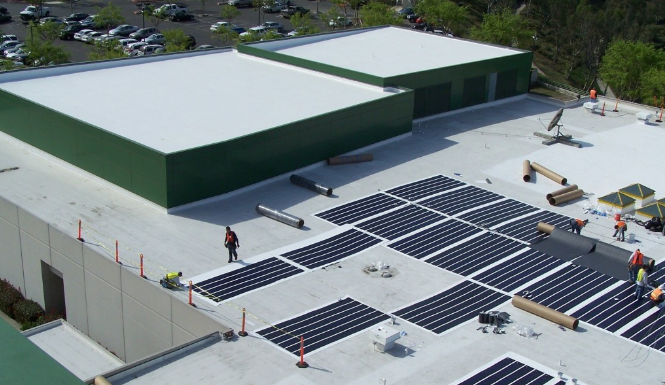Best Methods Of Waterproofing For Long-term Building Assets

Over the last few decades, in light of the growth in building technology, several methods of waterproofing have been introduced. According to experts, for the fact that buildings are long-term assets, there is a need for people starting up building projects and existing building owners seeking repair in areas of waterproofing to be on the lookout for modern day technology in contrast to the outmoded traditional waterproofing.
Adding to that, the experts are not alone in their sentiment. How much a building can stand the test of time depends on the type of waterproofing as well as the waterproofing method used. Cracked walls, sinking, rusting, leakages, and total breakdown which cost quite much to fix can all be attributed to flaws in waterproofing.
As the wise people always have it, “ there is a lot more to seeing than knowing”. A profound insights into all the available methods of waterproofing helps to make the right choice. It is in this context that the best types and methods of waterproofing are given thus:
DPC (Damp-Proof Course) method: in building technology, damp proof course is used for floors and walls to prevent the interiors of a building from moisture or underground water. In damp proofing, DPC can either be horizontal or vertical. For both partitioning and load-bearing walls, DPC are spread horizontally below the wall. Materials used are:
DPC is essential for preventing moisture known to cause rusting and cracks on walls and floors.
Cementitious waterproofing method: it is the cheapest waterproofing method in building construction. Material used are supplied by Masonry building product manufacturers. Mixture and application of cementitious proofing is very easy.
It is mostly used in the interiors of a building such as showerss, toilets, kitchen. Whereas it is semi-flexible and rigid, it is not exposed to warmth, thus expansion and contraction is not not necessary.
Polyurethane liquid membrane: this method is used majorly for concrete flat roofing surfaces. Although, the areas where this method is used are exposed to sunlight as well as weathering, when heated, the polymers joined by urethanes do not melt. It is flexible but very costly. Also, the sensitivity to moisture is very high. Thus, it should be applied during warmth and sunlight.
Asphalt coating: otherwise known bituminous coating, asphalt coating waterproofing is flexible method based on polymeric groupings and formation. Protection against moisture is function of the grouping of polymer and fiber reinforcement. Made of bitumen items, when exposed to like, asphalt coating becomes becomes weak. It is used for building interior foundations.
Liquid membrane: it is composed of two or more top coats + primer coat and application is done using trowel, roller and spray. Resistance depends on the polymeric materials the manufacturers use. It is an improvement upon asphalt coating.
Choice of waterproofing method is influenced by the type building as well as the location. Building in swampy areas can be a little tricky.
As much as the knowledge of all the methods is very crucial, when faced with choice making as to which method is deemed fit for a project, it is imperative to consult a waterproofing expert. This way, mistakes of future leakages, cracks on wall, rusting, collapse, or wearout can be prevented.
